Natural Diamonds:
Pledging for a Sustainable Future
Natural diamonds can empower and enrich communities. To make this a reality, the Natural Diamond Council Members have shaped three pledges which support the United Nations Sustainable Development Goals.
Picture courtesy of De Beers Group
|Picture courtesy of De Beers Group
Natural diamonds are not only one of nature’s most wonderous creations, they are also precious for the people and the economies of the countries where they are found. If nurtured in the right way, diamonds are nature’s powerful gift to a country’s development.
“When we speak about natural diamonds we do not always think about the communities where diamonds come from and the real people who benefit from them. Diamonds are more than jewellery, they have a societal legacy,” said Raluca Anghel, Head of External Affairs and Industry Relations at the NDC.
Before diamonds can be unearthed, the Natural Diamond Council (NDC) members go through years of planning when they work with governments, local and regional communities and indigenous populations. They plan carefully to minimize the impact on the environment and to protect the land and the closure of any mine follows the same meticulous planning.
“Luxury is not a need, it’s a desire, and to be able to show how this can be done in an ethical and moral fashion so that we benefit the most number of people is great. Everyone wants to feel good about what they wear; the way we want to feel good about what we eat, what we put on our bodies and what we represent. To let the consumer know they do have a choice, that they can choose something that has been sustainably sourced, has been really fantastic.”
Julianne Moore speaking to the Financial Times about ethical diamonds

Each member of the Natural Diamond Council has its own comprehensive sustainability strategy and commitments based on the unique location of their operations, culture and needs of local communities, as well as requirements of regional and national governments. NDC members have gone one step further and created common pledges, which are in line with the United Nations Sustainable Development Goals. Through these three pledges, they define a shared path to ensure a common focus for a greater impact and a lasting legacy for future generations.
Launched in 2015, the UN’s Sustainable Development Goals ‘are an urgent call for action by all countries – developed and developing – in a global partnership. They recognize that ending poverty and other deprivations must go hand-in-hand with strategies that improve health and education, reduce inequality, and spur economic growth – all while tackling climate change and working to preserve our oceans and forests.
Our Pledges
To achieve meaningful change, it is important that the pledges of the NDC are realistic, measurable and impactful. The result is a true common path for sustainable development.
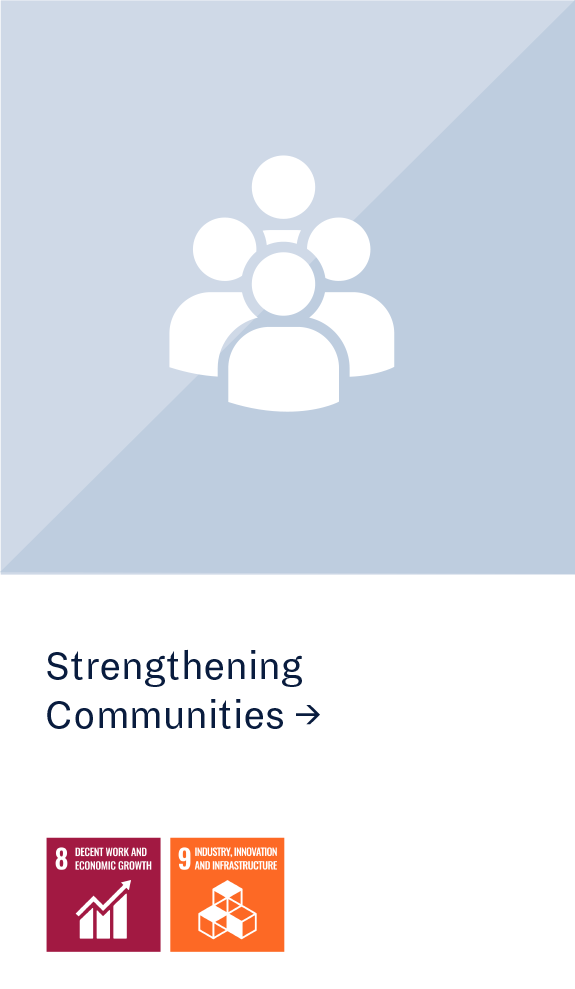
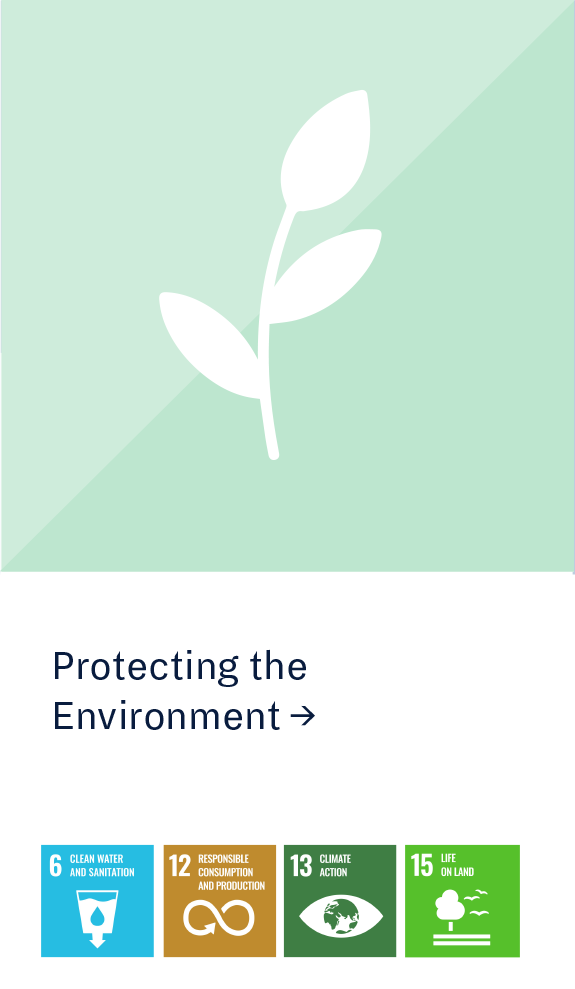
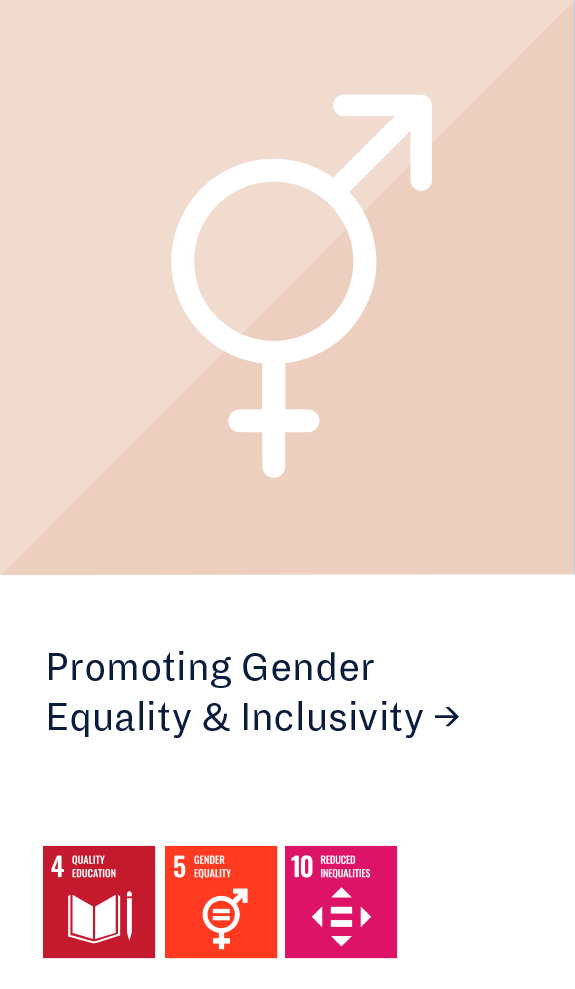
Strengthening Communities
Diamond mining is embedded in the local communities and the presence of NDC members creates jobs and supports sustainable livelihoods. Across all members, 80% of the value created by diamond mining is retained locally, benefitting communities both directly and indirectly.*
Communities feel the positive impact of a diamond producer’s operations long after the mine has closed. Each year, NDC members infuse US$6.8 billion in surrounding communities through local sourcing, which in turn supports the growth of small and medium enterprises.
Natural diamond companies work in harmony with local governments to identify infrastructural development projects that will provide long-term value to the area, such as mobility, housing, and healthcare.
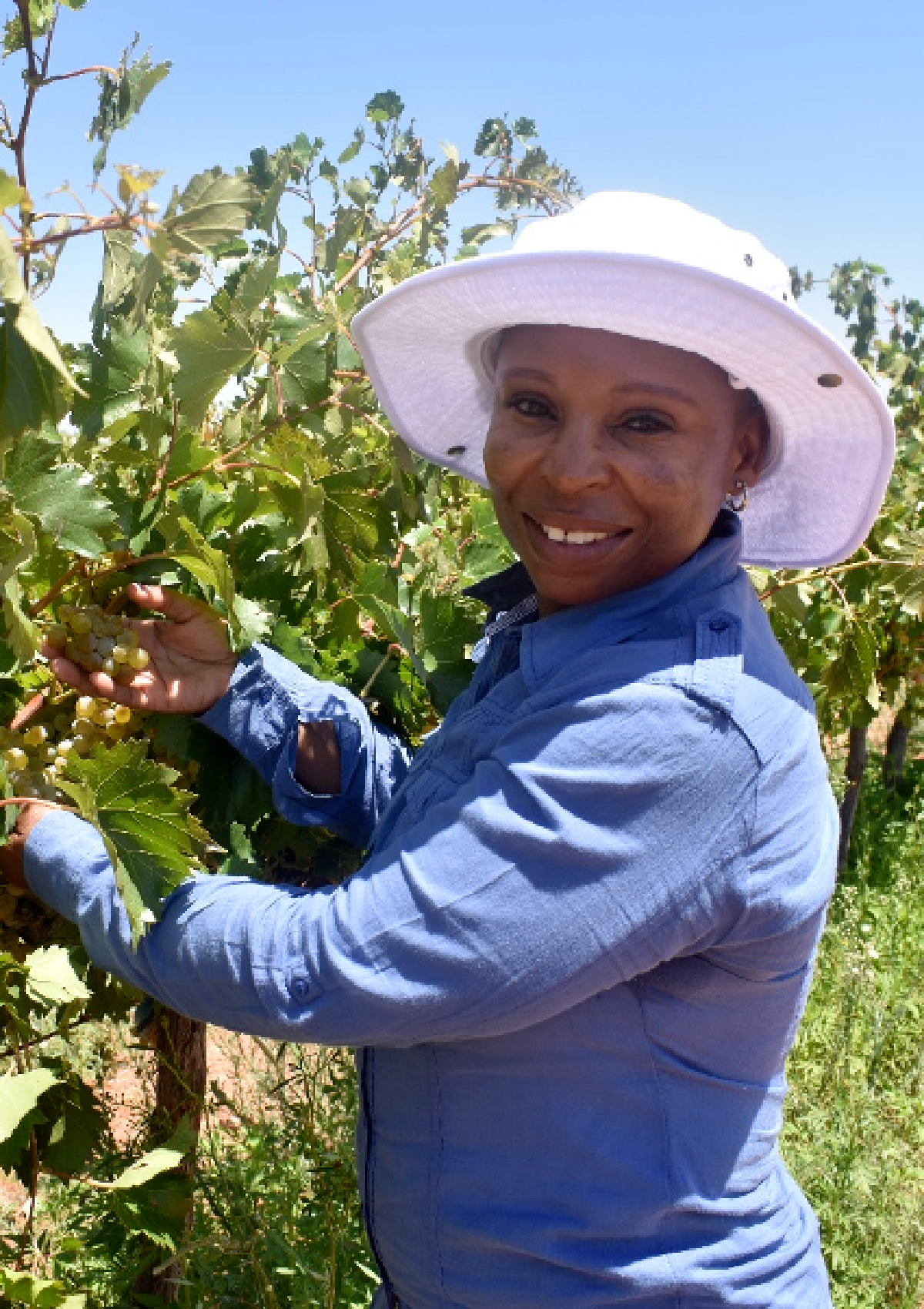
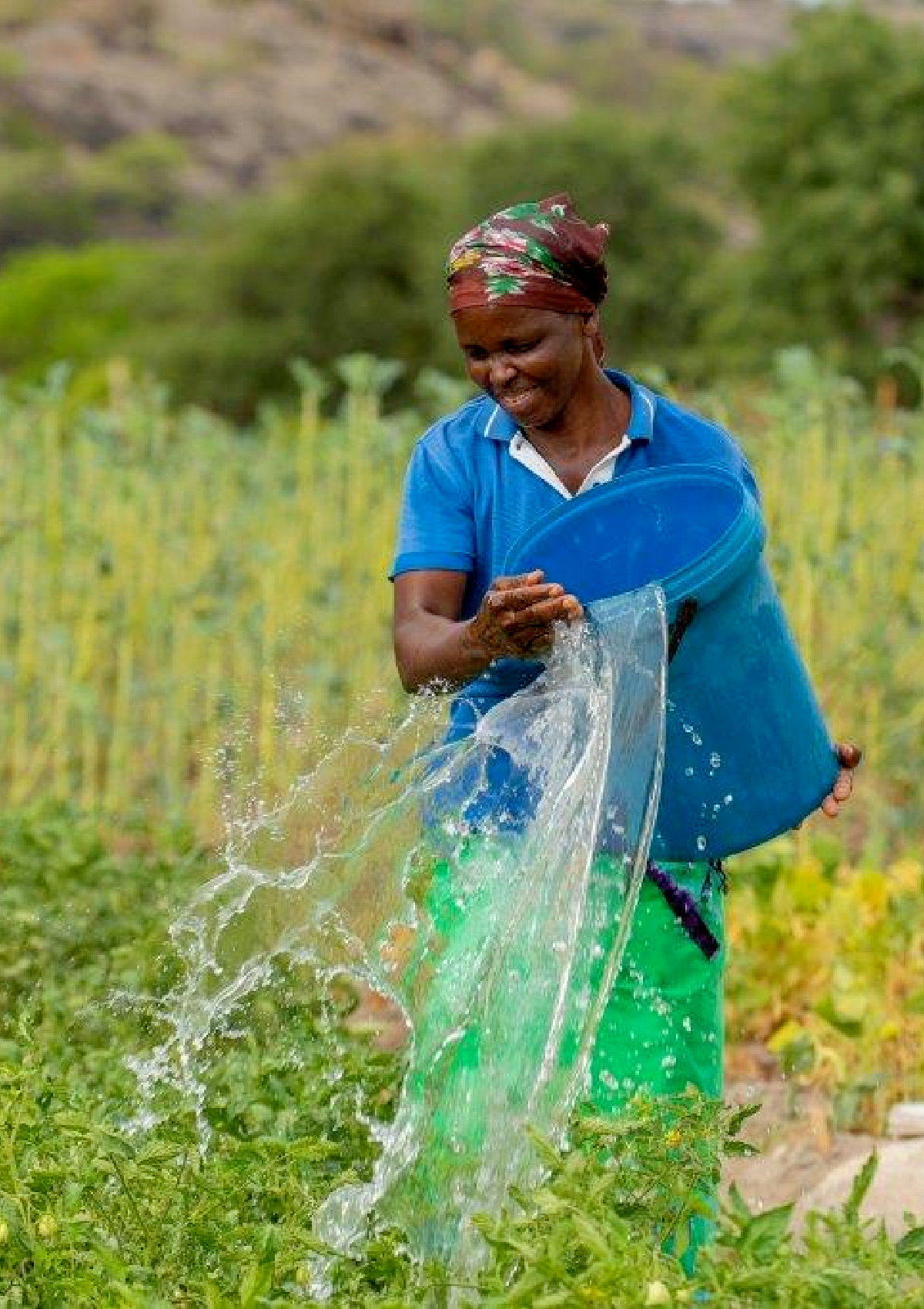
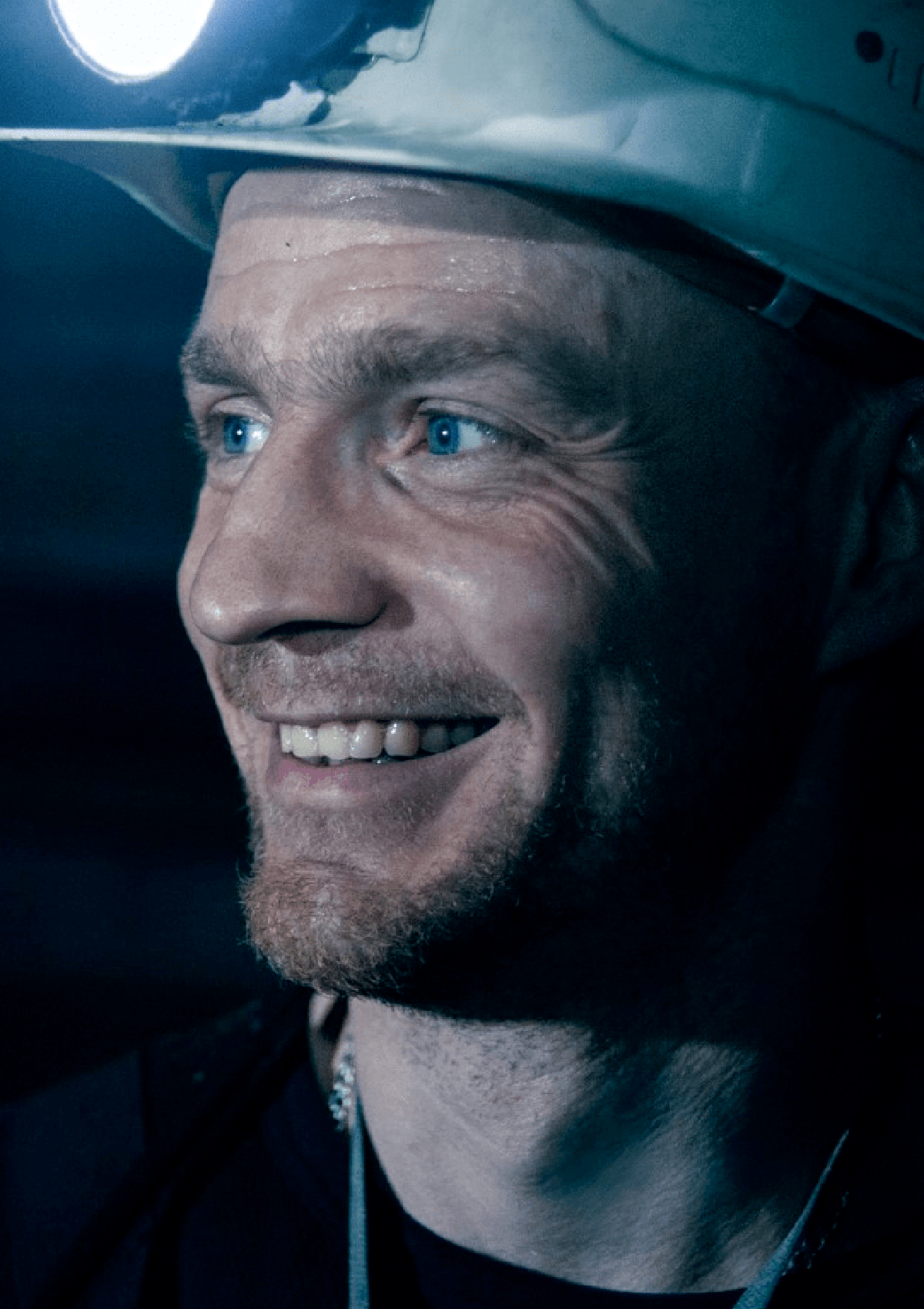
Petra Diamonds, which operates in South Africa, Tanzania and Botswana, has a number of initiatives in place to stimulate local socio-economic development, including its Enterprise and Supplier Development Program which helps develop local businesses. The company’s aim is to make a valuable long-term contribution to its communities by prioritizing local employment, procuring local goods and services, and by maintaining ongoing corporate social investment. Collaboration with the local communities is essential to guaranteeing sustainable development that answers specific needs.
RZM Murowa, the majority owner and operator of Murowa Diamond Mines in Zimbabwe, has partnered with local authorities in maintaining roads, the electrification of health centres and schools, water reticulation, bridge, and road construction.
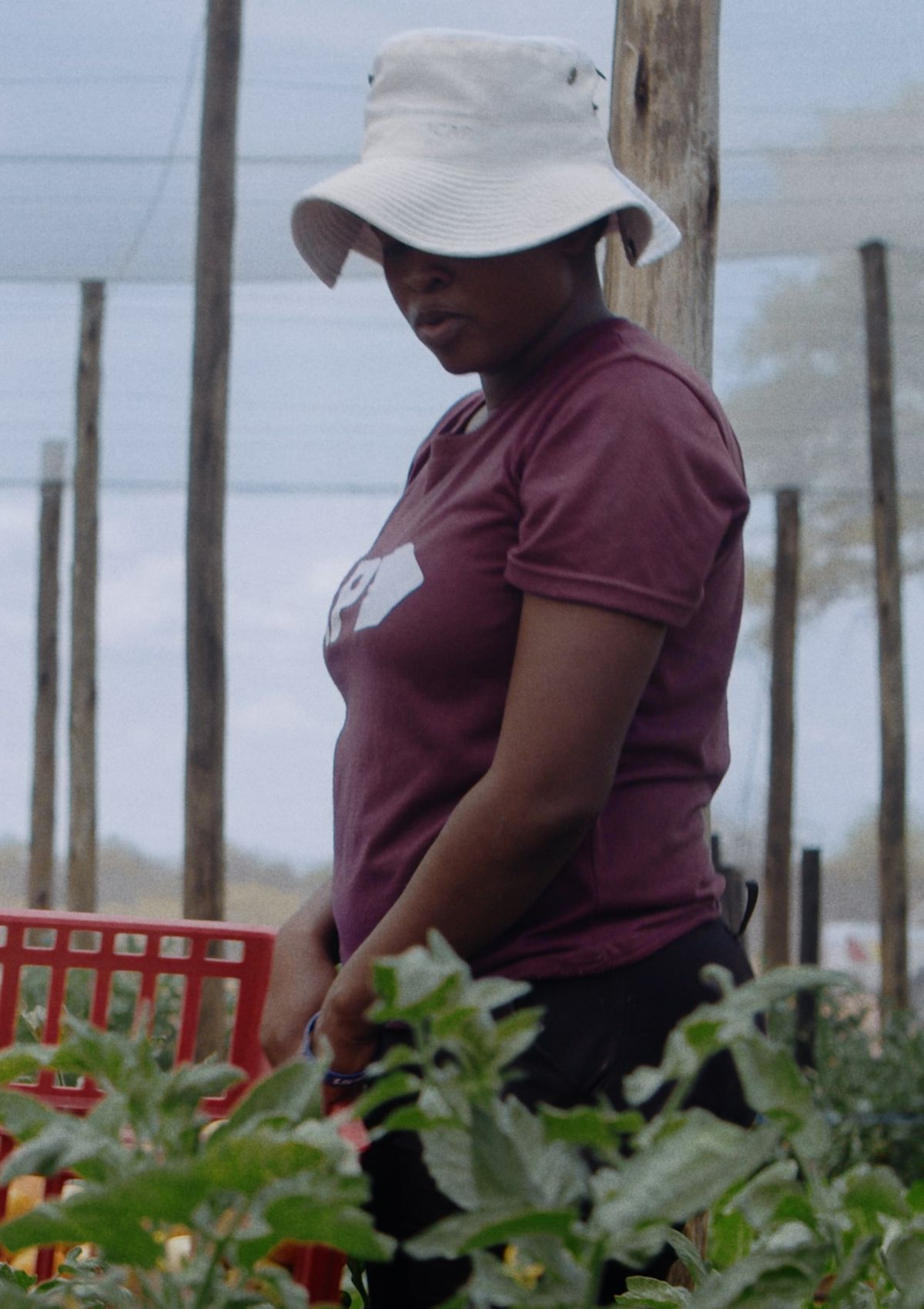
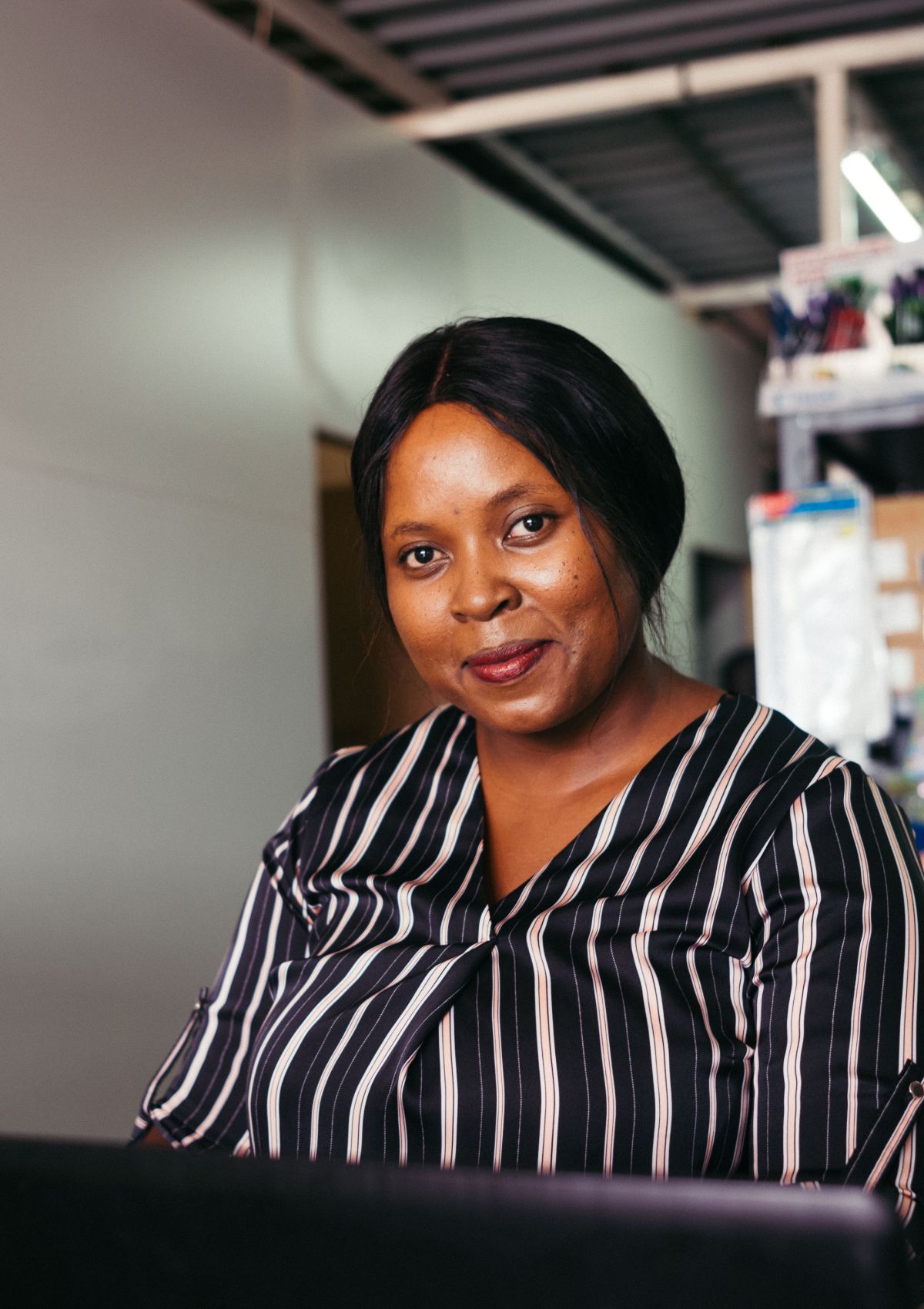
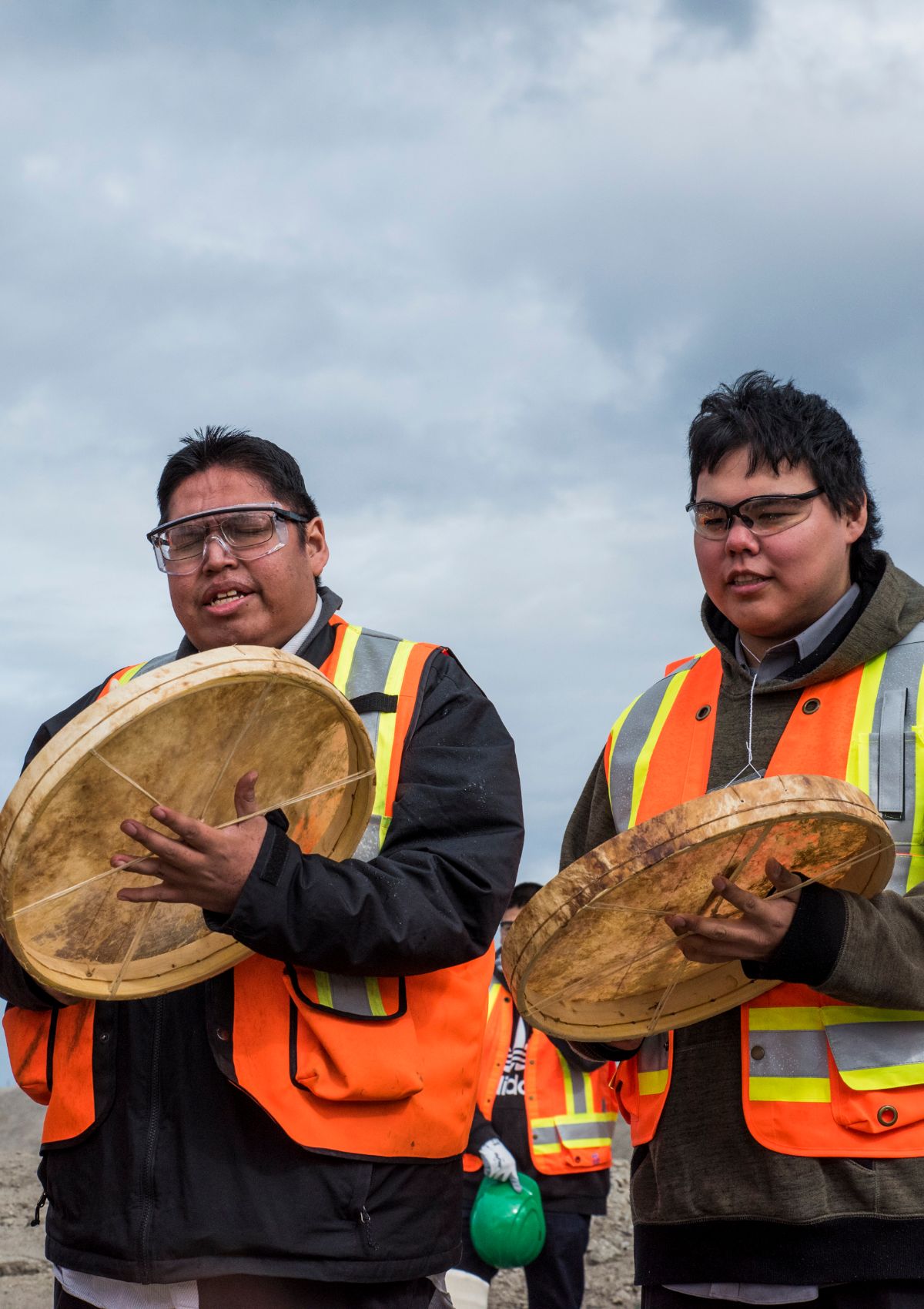
In 2018, Lucara launched the Karowe Village Initiative (KVI), focused on investing in and developing sustainable community-driven projects and initiatives. The Mokubilo Co-Operative Society Farm, developed in partnership with Mokubilo village, is a community-owned, commercial farm designed to address malnutrition, provide affordable and locally available vegetables, and create employment and training opportunities. It encompasses over 25 hectares and employs 13 local people.
De Beers has supported over 1,000 enterprises and nearly 10,000 people through its Tokafala and Zimele enterprise development programs. Tokafala offers mentoring and access to the market for small, micro, and medium-sized enterprises in Botswana. In South Africa, the Zimele program provides developmental funding, mentoring, and training across businesses and industries. Around 40% of the businesses involved in these projects are female-owned.
Rio Tinto is a founding partner of the Centre of Excellence for Indigenous communities in Canada, working to understand how they can support the employment and participation of indigenous communities. Today, almost a quarter of Diavik Diamond Mine’s workforce is aboriginal and 50% of the team are from Northern Canada.
Protecting the Environment
Natural Diamond Council members take great steps to preserve the biodiversity of the areas where diamonds are recovered. To ensure that the environmental impact is properly managed, any decision to build is preceded by major environment and biodiversity studies, together with the consultation of indigenous communities, and local and regional governments.
For every acre of land used for mining, the NDC members set aside three for conservation. Conducting sustainable mining practices also requires an ongoing commitment to preserving water resources and minimizing greenhouse gas emissions production.

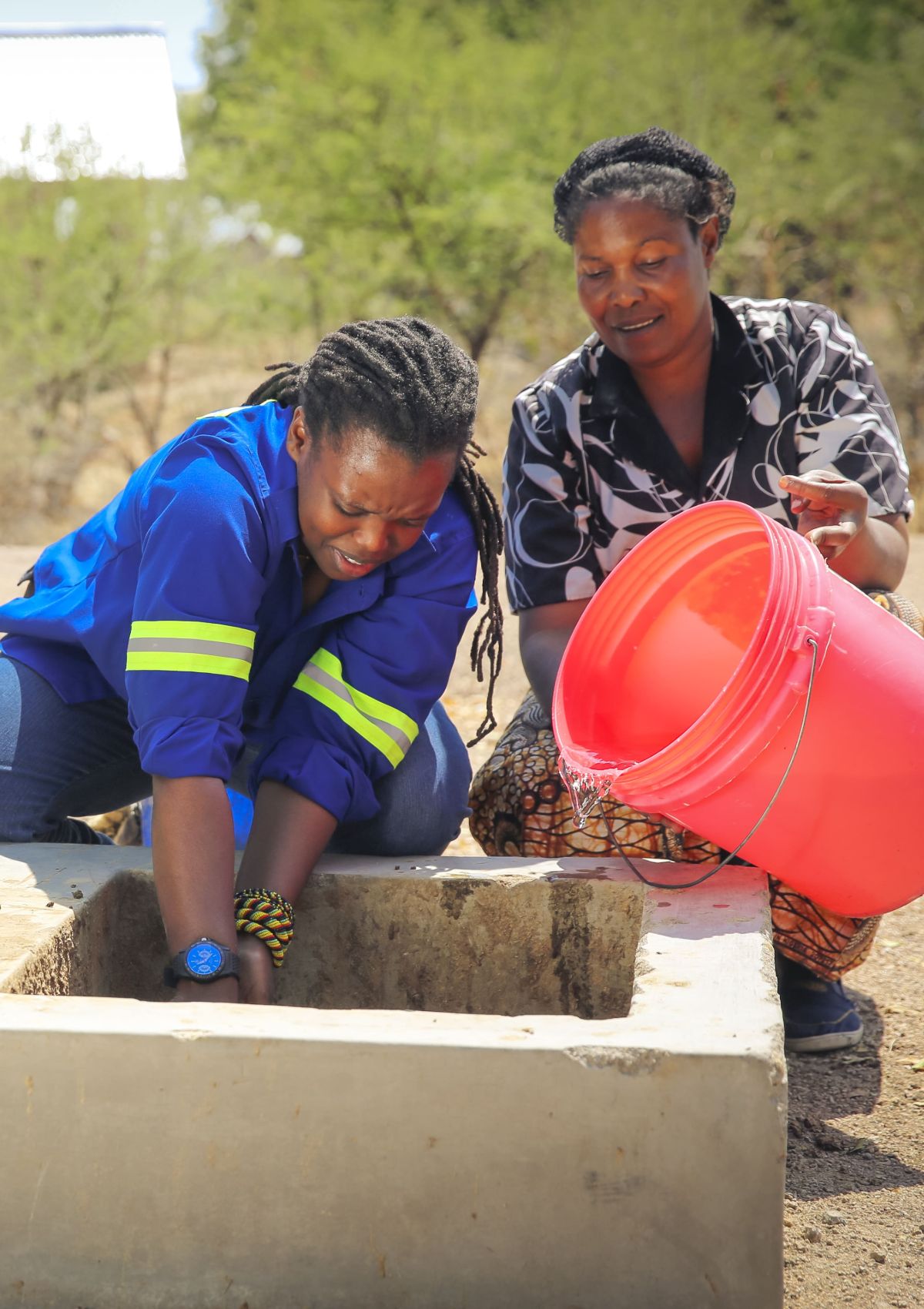
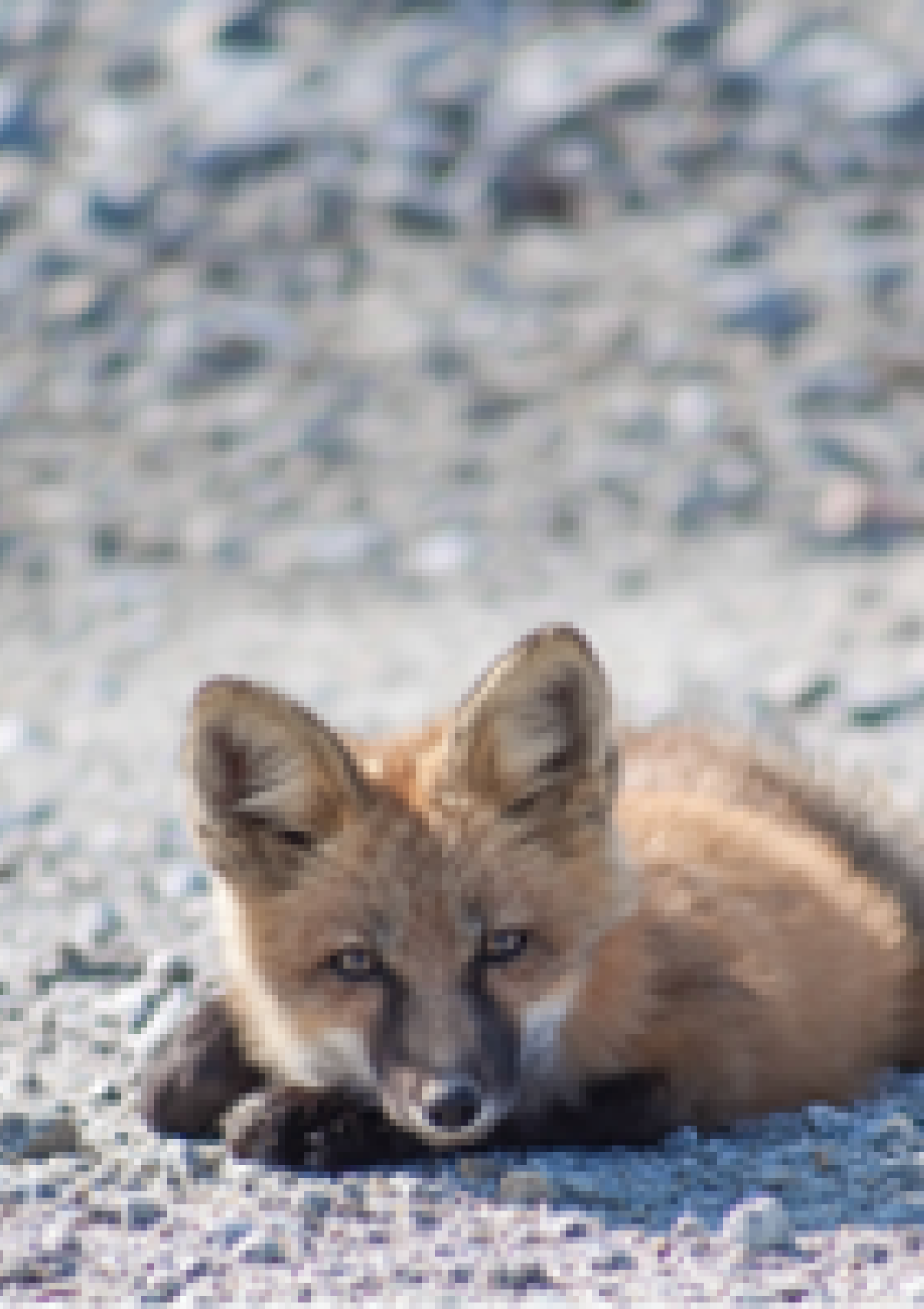
The Diavik Diamond Mine has become a global leader in cold climate technology; proving that renewable energy works in a remote sub-arctic location. Given the isolation of the mine site and its extremely cold climate, innovative ways were found to prevent the turbines from freezing into inaction in temperatures plummeting below minus 40 degrees.
Petra Diamonds optimizes the use of energy and water at its operations via reduction and efficiency strategies, which has ensured that 72% of the water used in its operations is recycled. Petra’s Williamson mine in Tanzania supplies drinking water to local communities. In 2016 at the Koffiefontein mine in South Africa, Petra refurbished an emergency water pipeline that provided much-needed water to local communities during a long period of drought.
Arctic Canadian Diamond Company has partnered with indigenous groups to develop a wildlife monitoring program to ensure minimal impact on caribou and other wildlife.
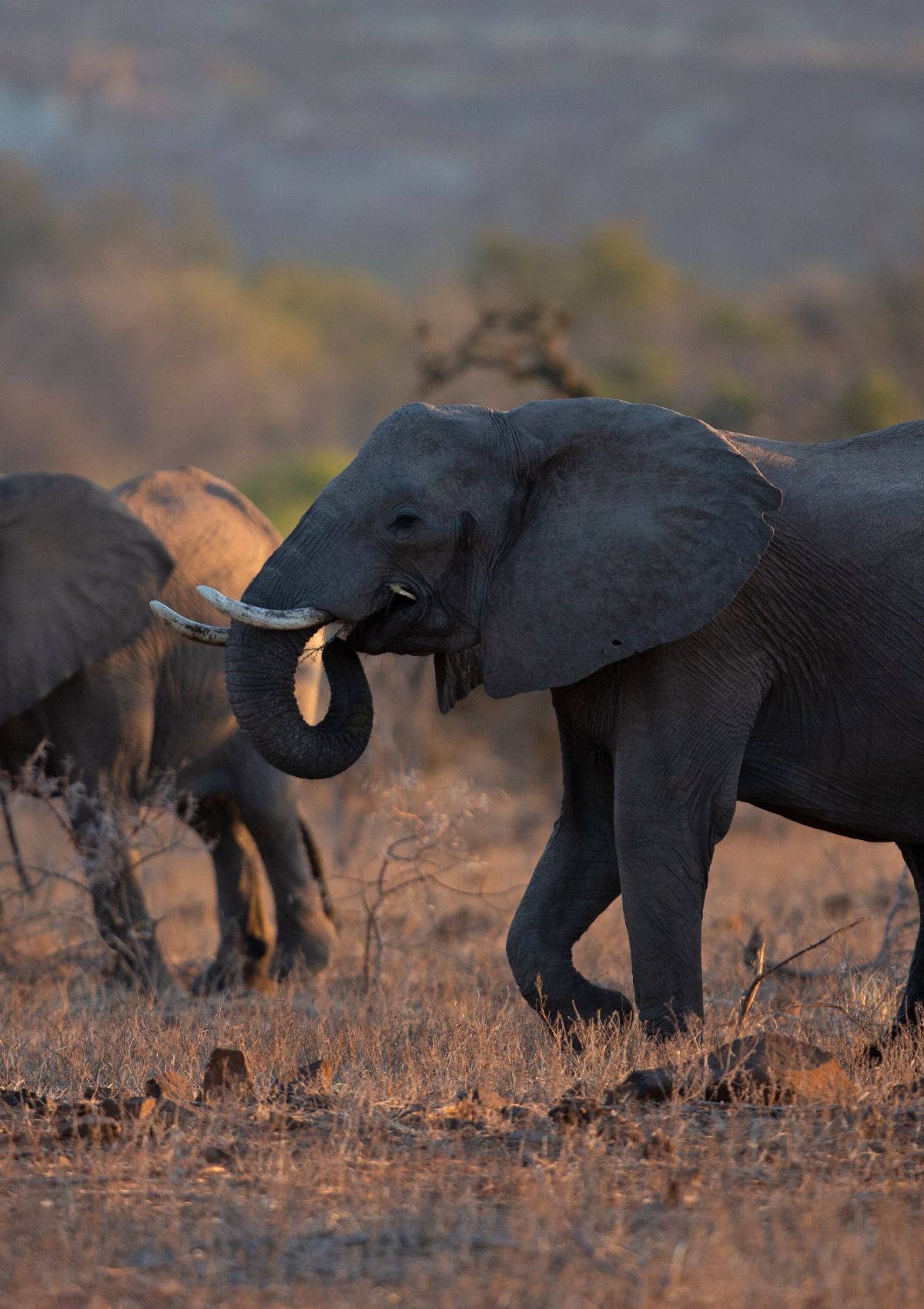
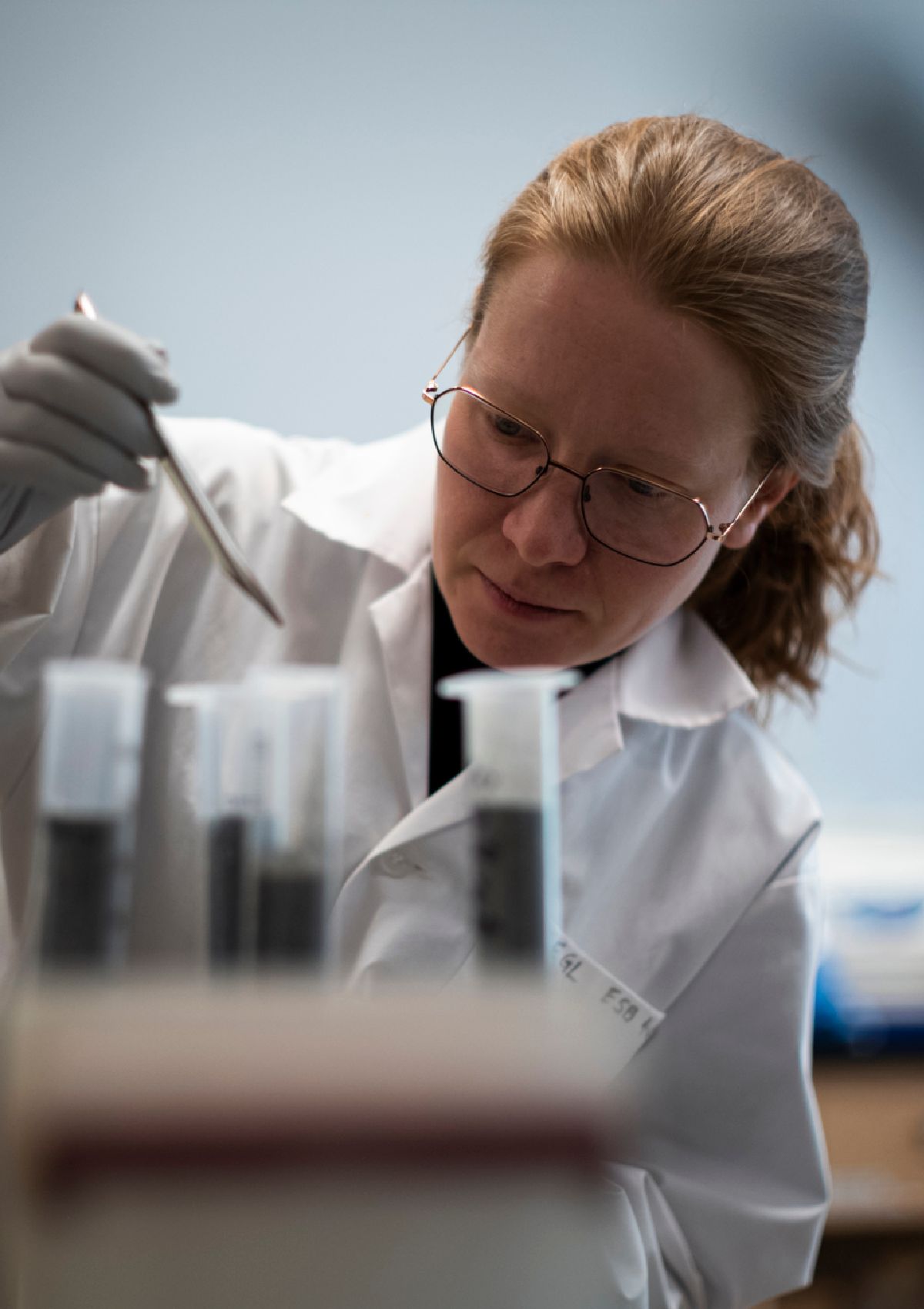

A group of pioneering De Beers scientists, led by Dr Alison Shaw, are working on a project in partnership with global leading scientists to help in the fight against climate change. The initiative is focused on capturing carbon dioxide within kimberlite, the rock in which diamonds are found, through a process called ‘mineral carbonation.’ The goal is to achieve carbon neutrality.
De Beers Diamond Route is one of southern Africa’s most extensive and important conservation networks, comprised of eight different nature reserves in South Africa and Botswana, and maintained with the help of dedicated and passionate ecology teams focused on biodiversity conservation.
Promoting Gender Equality and Inclusivity
A generation ago, various countries participating in large-scale mining prohibited the employment of women in many areas, including underground work. Today things are very different, and close to a third of the workforce of the world’s largest diamond producers are women. NDC members recognize that the inclusion and participation of women, especially at a senior level, is fundamental, and women empowerment programs have been implemented to advance gender equality.
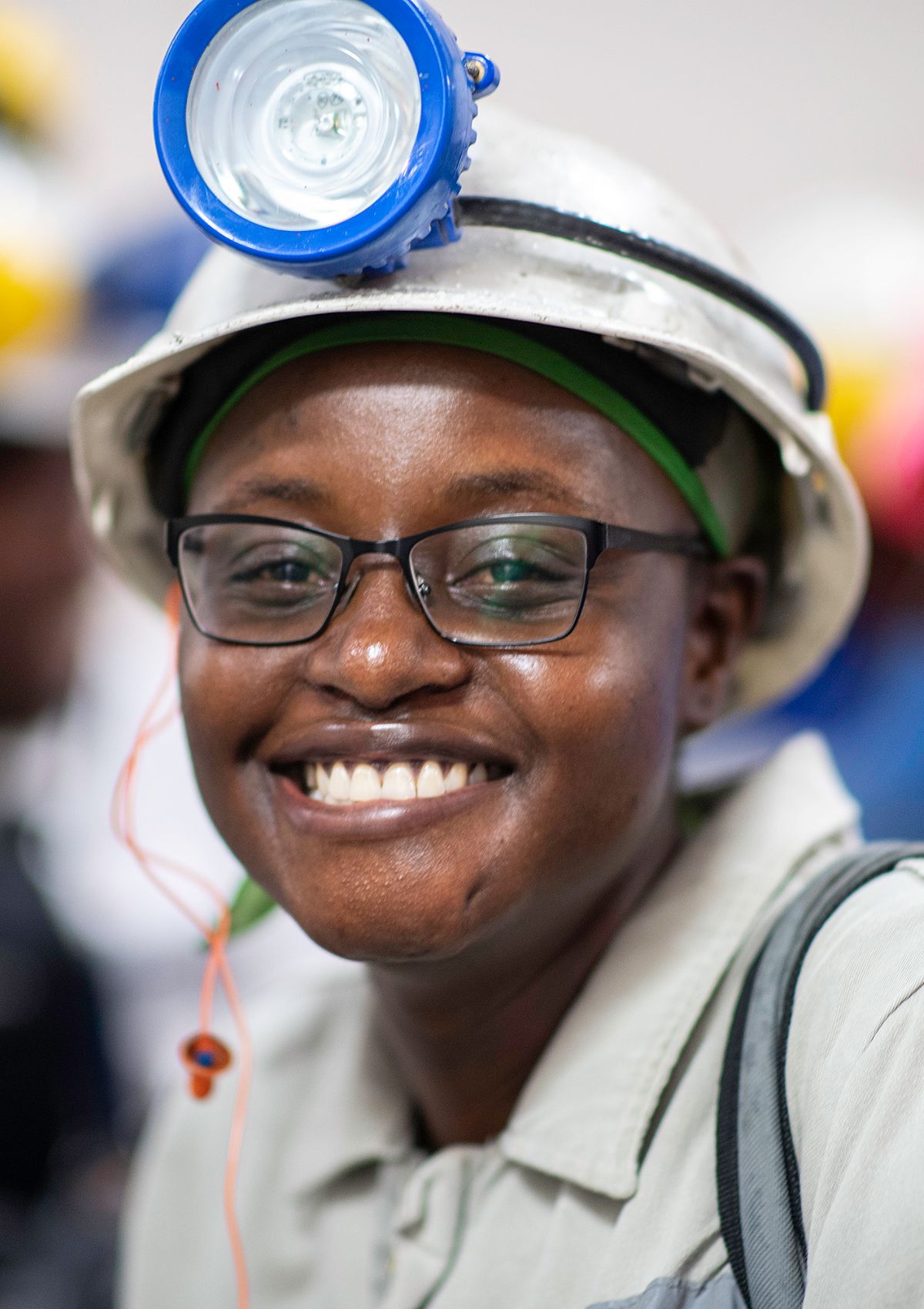
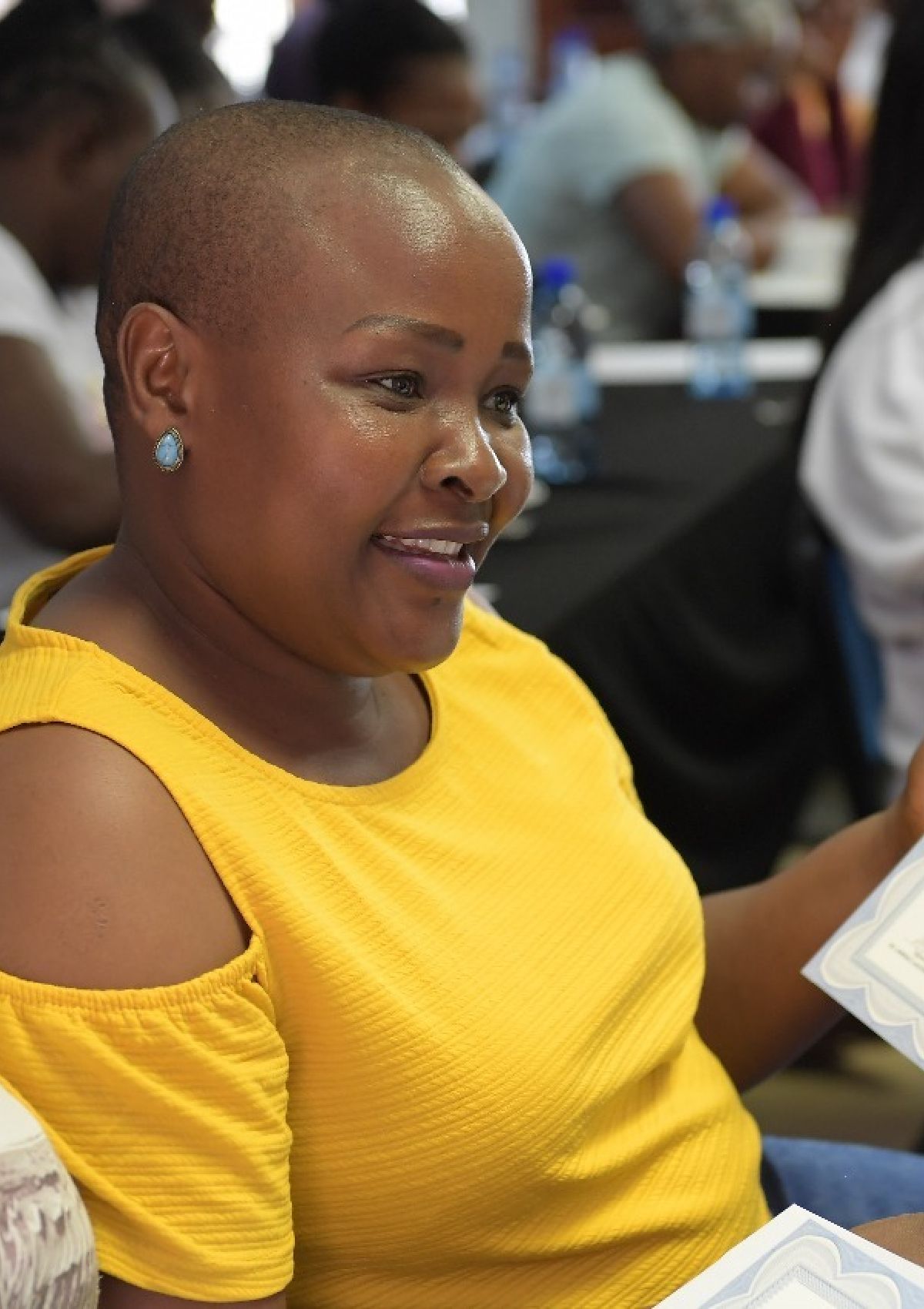

Petra Diamonds has set up a Women in Mining Committee, which provides a platform for women to share experiences, identify challenges, and promote development opportunities.
As part of its commitment to standing with women and girls, De Beers Group has partnered with UN Women to become a HeForShe Thematic Champion and pledged to make a tangible difference. The company is investing US$3 million in programs that support women and girls in southern Africa and Canada. Its accelerating Women-Owned Enterprises (AWOME) program provides mentoring, network, business, and life-skills training for women micro-entrepreneurs.
Lucara promotes the inclusion of women at the top of its business, with prominent examples including Eira Thomas, President and CEO of Lucara Diamond Corp, and Naseem Lahri, Managing Director of Lucara Botswana–the first woman to serve as the managing director of a diamond mine in the country.
*Analysis conducted by Trucost, part of S&P Global, based on 2016/2017 data.
